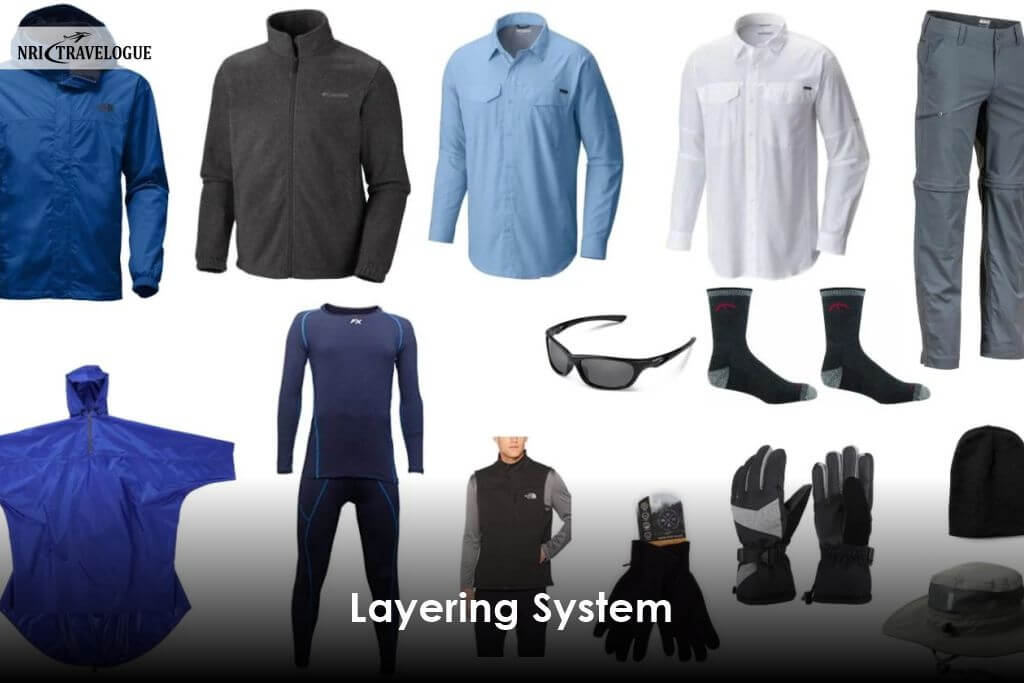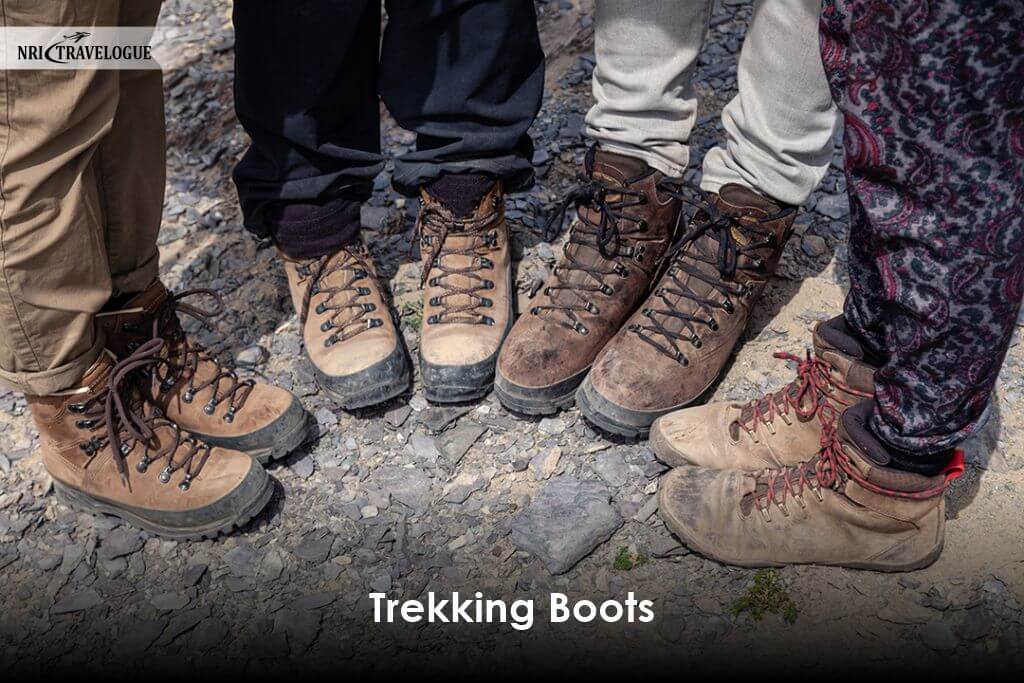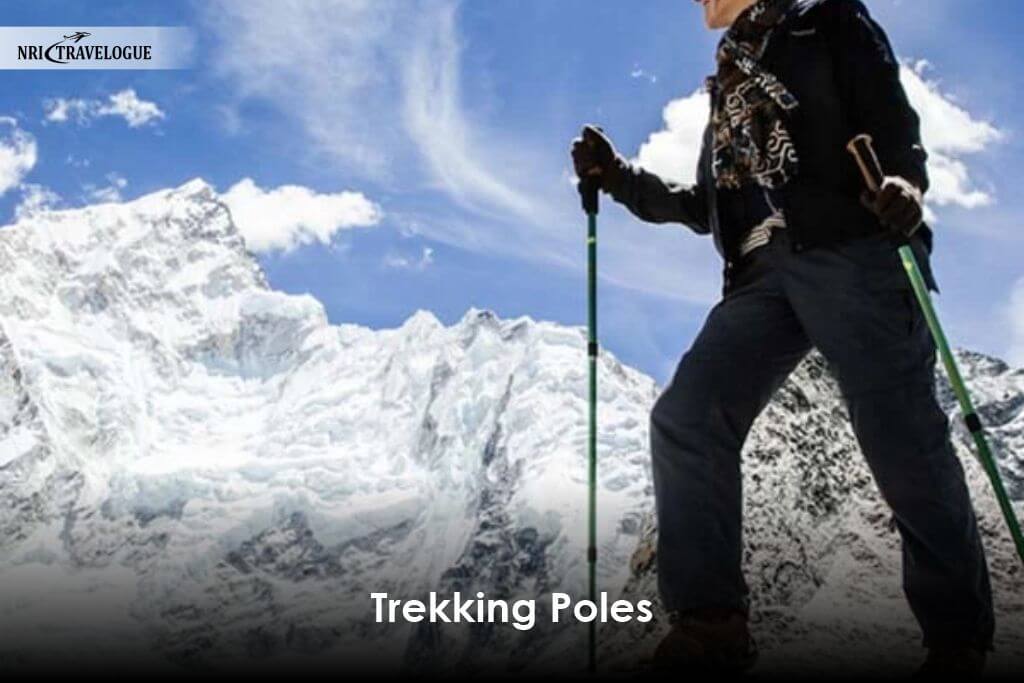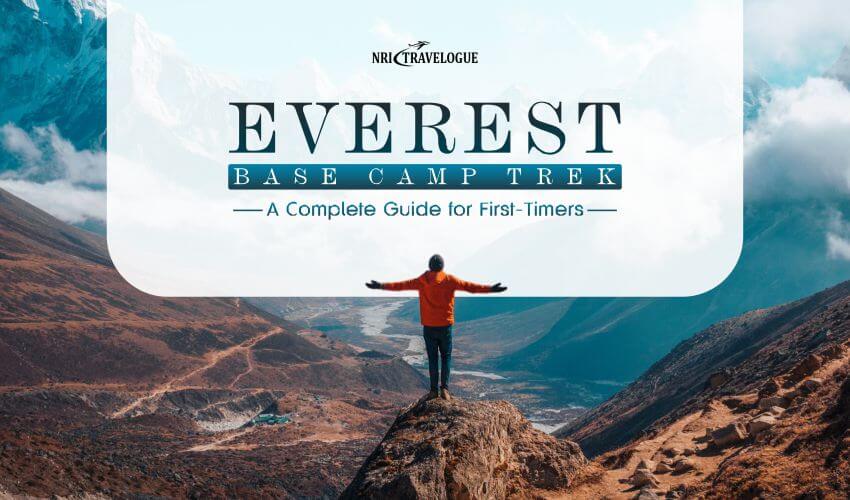The Everest Base Camp Trek (EBC) is one of the best trips that brings trekkers to the Himalayan region to enjoy the beautiful, eye-popping views of Mount Everest. This trek has become one of the world’s most famous treks and has attracted trekkers worldwide to experience the offbeat trails, quaint villages, and incredible views from Nepal’s Khumbu region.
Despite all these challenges, the EBC trek is even more appealing to trekkers owing to the fantastic views of nature and the region’s rich culture. During the trekking period, trekkers are blessed with the cultural experience of watching the lively Sherpa people, old monasteries, and the calmness of the Himalayan lifestyle. The journey from the crowded trails of Lukla to base camp towards the towering Mount Everest is an example of overcoming adversity, determination, and the magnificent realms of the world’s nature.
For first-time trekkers, it is advisable to ensure that you are well-equipped to be ready to undertake this challenge. This Everest Base Camp Trek guide gives you the strategy or how to plan for the altitude, what to do when at altitude, and what to carry with you.
Overview of the Everest Base Camp Trek
Location and Route
The Everest Base Camp Trek is located in the Himalayan country of Nepal, particularly in the Khumbu region, one of the most spectacular regions in the world in terms of geographical beauty.

The trek starts from the town of Lukla, also known as the gateway of the Himalayas, which a short and exciting flight from Kathmandu can reach. The trail then goes through some of the most lush green forests and the nice Sherpa villages, including Phakding and Namche Bazaar, where one gets first glimpses of life in the hills.
Increasing the altitude, the scenery becomes more adventurous and impressive; visitors are to focus on Tengboche Monastery, the quiet Imja Valley, and the stunning Khumbu glacier, among others. The final destination is the Everest Base Camp, located at 5364 meters/ 17598 feet, where the trekkers get excited to be at the base of the tallest mountain in the world. Some others also prefer trekking to Kala Patthar, another rock formation viewpoint towards the mountains that provides an excellent view of Mount Everest and other surrounding mountains.
Distance and Duration
The trek spans a roughly 130-kilometer (80-mile) round trip. The common EBC treks take between 12 and 14 days, with the possibility of breaks for acclimatization and varying hiking speeds. This period also includes two defa acclimatization hikes, usually in Namche Bazaar and Dingboche, to minimize the risks of high altitude sickness.

The distance ranges, but most of the distance a trekker has to walk ranges from 5-15 km (3-9 miles) per day. This is done to avoid steep gradients, which are instilled in the aspects of the route to ensure that the climbing is done gradually.
Difficulty Level
The Everest Base Camp trek is considered a moderate trek that can be undertaken by almost anyone in reasonably good health and with a will to trek. While it is not a technical climb, the trek entails strenuous walking and great endurance due to the altitude, weather, and steep paths.

This means that trekkers are going to face steep climbs, terrains that are rough at times, and possibly conditions of high altitude. The recommended core training is cardiovascular fitness, leg strength, and endurance. Another aspect is mental preparation, which implies that the trek is relatively steady; it demands patience and the willingness to make changes when necessary.
Although there are possible drawbacks to the trip to the Everest Base Camp, the experiences on this trek are the sweetest one can earn in return for a lot of effort. The beautiful views, exposure to the local people, and the exciting experience of climbing up the mountain make this trip a truly unique and challenging experience.
Best Time to Trek
Optimal Seasons
The timing of your EBC trek is essential for you to enjoy the trek to the fullest. Two famous trekking seasons are well known according to the weather and the views:
Spring (March-May):
It is advisable to begin the trek during spring, which is one of the favorite seasons for the activity. This time is relatively favorable as far as the climate is concerned, as there is a clear sky, which makes it easy to have a vantage view of the mountain and the surrounding mountain ranges, including Mount Everest.

The trail shows signs of spring and becomes filled with beautiful flowers, notably rhododendrons that are painting the hillsides. Temperature is relatively high during the day when trekking as opposed to at night because the late afternoons are comparatively cooler and more suitable for trekking. Still, this period will also mean that the trails and tea houses will be filled with trekkers much more than during the other seasons.
Autumn (September–November):
It is established that the autumn seasons are the most preferable and suitable periods for erect trekking to the Everest Base Camp. After the monsoon, the weather is clear with fresh air that is perfect for seeing the Himalayan terrain. It is good for trekking because it’s warm, not too hot or cold, and there is a low chance of closure of the trails due to wet weather.

Autumn is also a festival time in Nepal, along with Dashain and Tihar festivals, which can enhance the delight of trekking in an appealing cultural way. When it comes to tourism, this season is considered busy, similar to spring, and therefore, it is wise to book your hotel well in advance.
Preparations for the Trek
It is essential to prepare adequately for the Everest Base Camp Trek to make the trek as safe and enjoyable as possible. A plan is vital for planning a physical fitness event, getting the right permits, and taking the right precautions against the spread of disease.
Physical Fitness
The Everest Base Camp Trek is challenging, and it is known that one must be fit to undertake the trekking adventure, at least to some degree. Though it is more of a trekking adventure, the altitude, long days of walking, and rough terrain make it challenging for even seasoned hikers.
Importance of Cardiovascular and Strength Training:
Cardiovascular endurance is necessary for coping with the increased demand on the heart and lungs due to the duration of the climb and low oxygen availability. Climbing-specific strength exercises are generally beneficial, but foot and abdominal will assist you in traversing steep terrain.
Suggested Exercises:
- Hiking: Pretend trekking conditions by hiking on the terrain and inclined surfaces. To bring more strain, extend the duration of your hiking and slowly increase the difficulty level.
- Cardio: Cardio exercises like running or jogging should be incorporated into the daily regime for overall progress in stamina and lung capacity.
- Stair Climbing: You must strengthen your legs as much as possible to prepare for the many up and down slopes. Therefore, try climbing stairs or using a stair stepper.
You should embark on your fitness program at least 2-3 months before the trek date to get enough time to prepare your body to build enough stamina and strength.
2. Permits and Documentation
The official Everest Base Camp trekking entails permits, which are necessary for everyone aiming for this trek. Such permits aid in preserving the area while promoting hikers’ safety along the trails.
TIMS Card (Trekkers’ Information Management System):
This is compulsory for trekking in Nepal and is used as a retrieval mechanism in case of an incident involving the trekkers. It can be procured from Kathmandu or Pokhara by a registered trekking agent or from the Nepal Tourism Board.
Sagarmatha National Park Entry Permit:
This permit is required to visit the Sagarmatha National Park, which houses the Everest Base Camp. This can be bought at the Nepal Tourism Board or the park’s entrance in Monjo.
These permits are easy to get, and trekkers should produce their passports and the latest passport-sized photographs for the permits.
3. Vaccinations and Health Precautions
Precaution is essential, especially when hiking in areas such as the Himalayas. Being vaccinated and ensuring you are ready for any health complications that may arise during your travel will help you achieve this.
Recommended Vaccinations:
- Make sure you talk to your doctor or a travel health clinic for advice about current vaccination. Commonly recommended vaccines include:
- Hepatitis A and B
- Typhoid
- Tetanus and Diphtheria
- Measles, Mumps, and Rubella (MMR)
- Rabies (recommended for those planning to stay for a long time in remote regions).
Importance of Travel Insurance:
- It is imperative to arrange travel insurance for Everest Base Camp Trekking. Choose a policy that covers:
- High-altitude trekking (up to 6,000 meters).
- Emergency evacuation by helicopter.
- Medical expenses and trip cancellations.
Thus, it is always advisable to have an insurance plan in case of altitude-related ailments or any other chance that may lead to postponement of the plans.
Packing Essentials
To make the most of your experience of the trek to the base camp of Mount Everest, you must pack wisely. The challenge is to pack as lightly as possible while ensuring that one includes all that might be needed in the mountains, especially regarding weather conditions and high-altitude trekking.
1. Clothing
It is recommended to layer up due to fluctuations in the temperature and climate throughout the trekking expedition.

The layering system makes it convenient to put or remove clothes depending on the climate and the intensity of physical activity.
Layering System:
- Base Layer: Warm thermal clothing, particularly moisture-wicking T-shirts and trousers, to keep one dry.
- Insulation layer: Fleece or down jackets are to wear in the morning and in the evenings when it might be a bit chilly.

- Outer Wearer: Rain and snowsuit and trousers are worn on the exterior to shield against water and powerful winds.
Trekking Boots:
A good fitting, comfortable, and worn-in trekking boots are necessary for support, especially on rough terrains. When choosing your shoes, select those with a backing around the ankle and a bulky sole for better grip.

2. Gear
It’s essential to be adequately equipped to meet the physical exertions required during the trek and the environment at the site.
Backpack:
A 40- 50 liter pack is good enough to contain the stuff you will require throughout your day. It must have well-padded belts, a hip belt, and many pockets to make the organization easy.

Trekking Poles:
These are especially useful to minimize pressure on your knees in ascents and descents, particularly when crossing rough terrains.

Sleeping Bag:
It is recommended to bring a proper sleeping bag for sub-zero temperatures since the temperature can drop even higher up the mountain.

Essential Accessories:
- Gloves: A pair of insulated gloves for warmth and lightweight gloves for milder conditions.
- Hats: A warm beanie for cold weather and a wide-brimmed hat or cap for sun protection.
- Sunglasses: Protective sunglasses to protect the eye from the hot sun and reflections at high altitudes.
Tips for First-Time Trekkers
Beginning the Everest Base Camp trek for the first time is one of the most adventurous moments. Here are some gears to help you get ready and what you should do to enhance your travel safety:
Practical Advice for Dealing with Challenges
The journey has its own test of one’s physical and psychological strength. Here are some tips for dealing with them:
- Prepare Yourself For Altitude: Acclimatization Matters. Stick to your chosen route during the trekking, and do not ascend too quickly when you are trekking. Drink water and watch out for the symptoms of altitude sickness.
- Pack Light: Only pack what you really need to make your backpack as light as possible. A porter can be useful if you still want to ease the pressure.
- Layer Up: The temperature varies in different areas of the Himalayas and may drop anytime. Warm clothing and waterproof clothing should be worn and received to prevent getting a chill.
- Positive Thinking: One must not forget that the mind is a muscle, and like any muscle, the mind needs to be trained too to be able to stay strong all the time. Don’t pay much attention to the difficulties, look at the pretty views, and the improvement.
Final Words
The EBC trek is inarguably one of the most fascinating experiences possible on this planet, with beautiful terrains and villages, cultural interaction, and a winner’s feeling. As outlined throughout this guide, it is well said that the secret to success is in preparation – pre-physical for the journey, pre-packing of necessary courses, and pre-knowledge of high-altitude trekking. From these guidelines and advice, first-timers can proceed to this life-transforming experience without any fear.
Everest Base Camp trekking is not simply getting to that point but a journey with friends, the hot welcome of Sherpas, and the Himalayas’ up-and-close view. It is always worth it to take those challenging steps, from standing at the base of Mt. Kilimanjaro Mountain to the strength and and creativity of people and the flora and fauna around the world.








